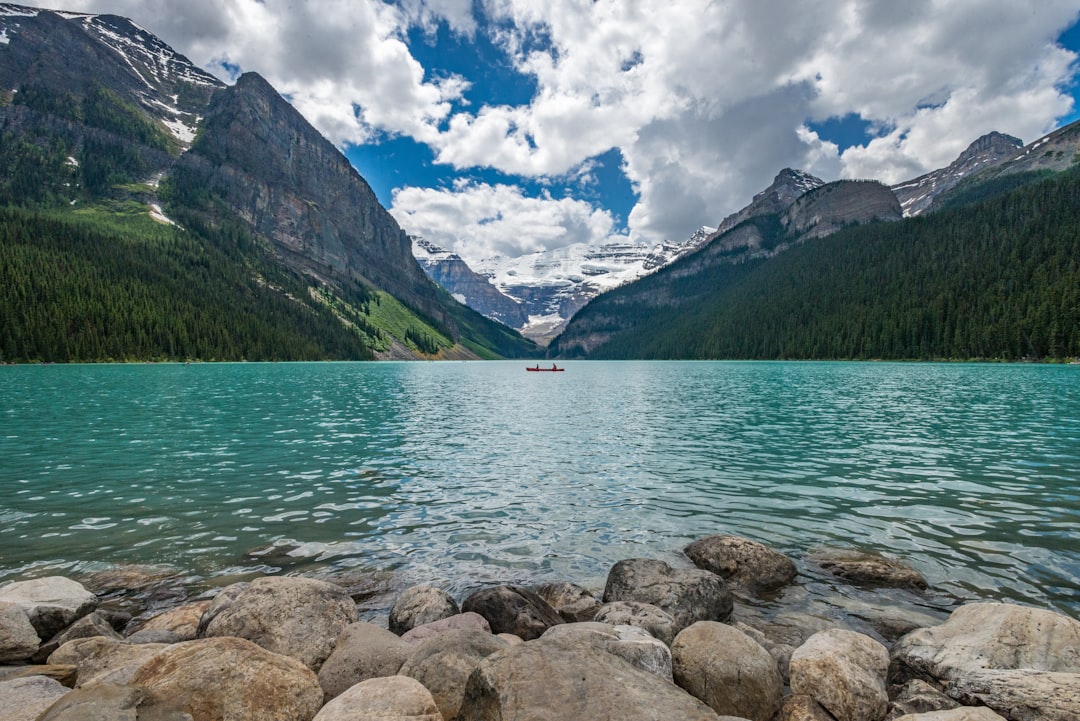What is it about?
Wild Eurasian perch populations (Perca fluviatilis L.) are characterized by annual fluctuations in abundance as a result of environmental and intra-specific interactions. Variations in these interactions may be the source of differences in the characteristics of perch originating from different geographic regions. Perch abundances are higher in northern biotopes than in the south, although climate conditions in the latter would seem to be more conducive to perch growth. Research conducted on the growth of wild Eurasian perch strains from various regions of Europe reared in recirculating aquaculture systems (RAS) revealed differences among strains in body weight, survival, morphometric parameters, and other biological characteristics such as growth rate and feeding. Knowledge of survival and growth differences among perch strains is necessary as a tool for improvement of perch culture. Identification of the strain best adapted to RAS is the first step in a stock selection program.
Featured Image
Why is it important?
Knowledge of survival and growth differences among perch strains is necessary as a tool for improvement of perch culture. Identification of the strain best adapted to RAS is the first step in a stock selection program.
Perspectives
Taken together, these descriptions suggest that inter and intrapopulation ecological differences are highly dependent on different biotic factors (i.e. predation risk, resource availability and competition, etc.). Spatial and temporal variations in these factors may have a great effect on the growth rate and the efficiency of production of Eurasian perch in intensive conditions RAS.
Alexey Pimakhin
Read the Original
This page is a summary of: The effect of geographical origin of perch (Perca fluviatilisL. 1758) populations on growth rates under natural and aquaculture conditions: a review, Journal of Applied Ichthyology, November 2015, Wiley,
DOI: 10.1111/jai.12901.
You can read the full text:
Contributors
The following have contributed to this page










